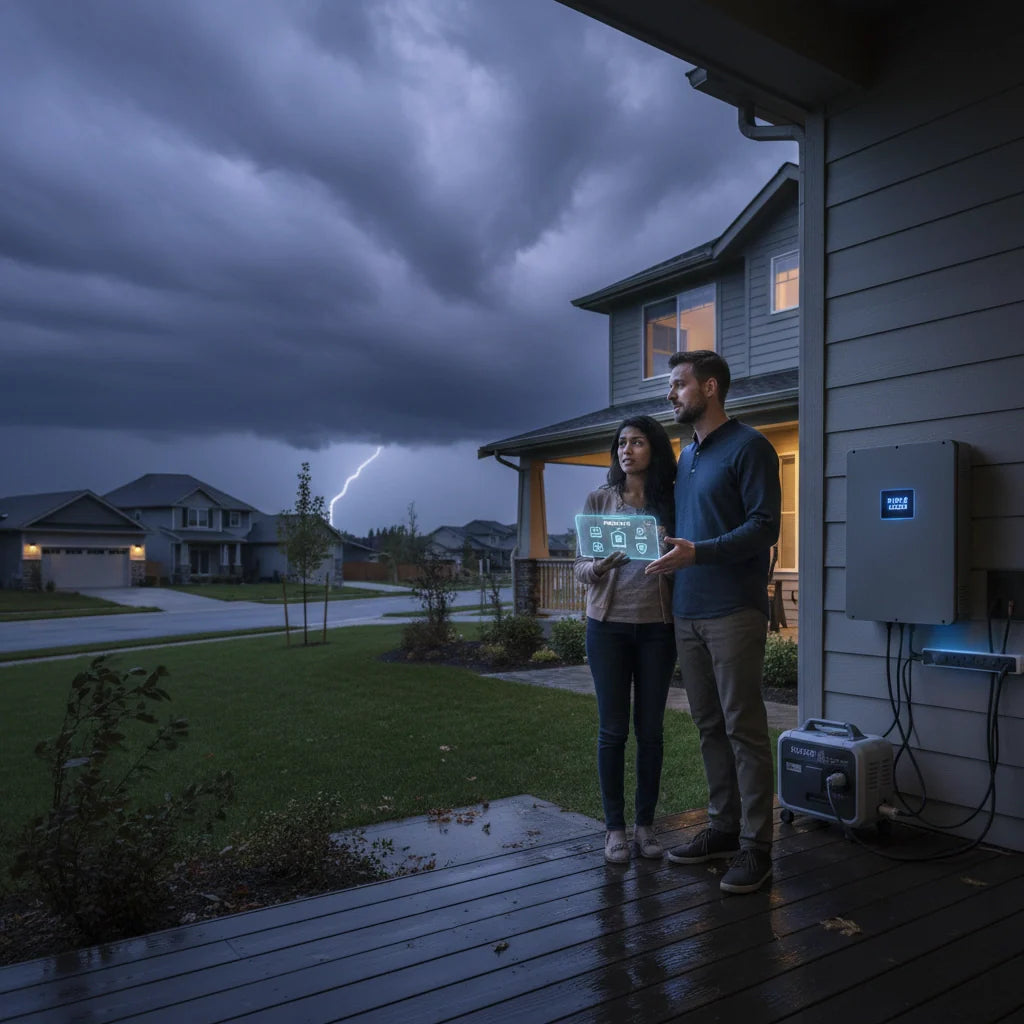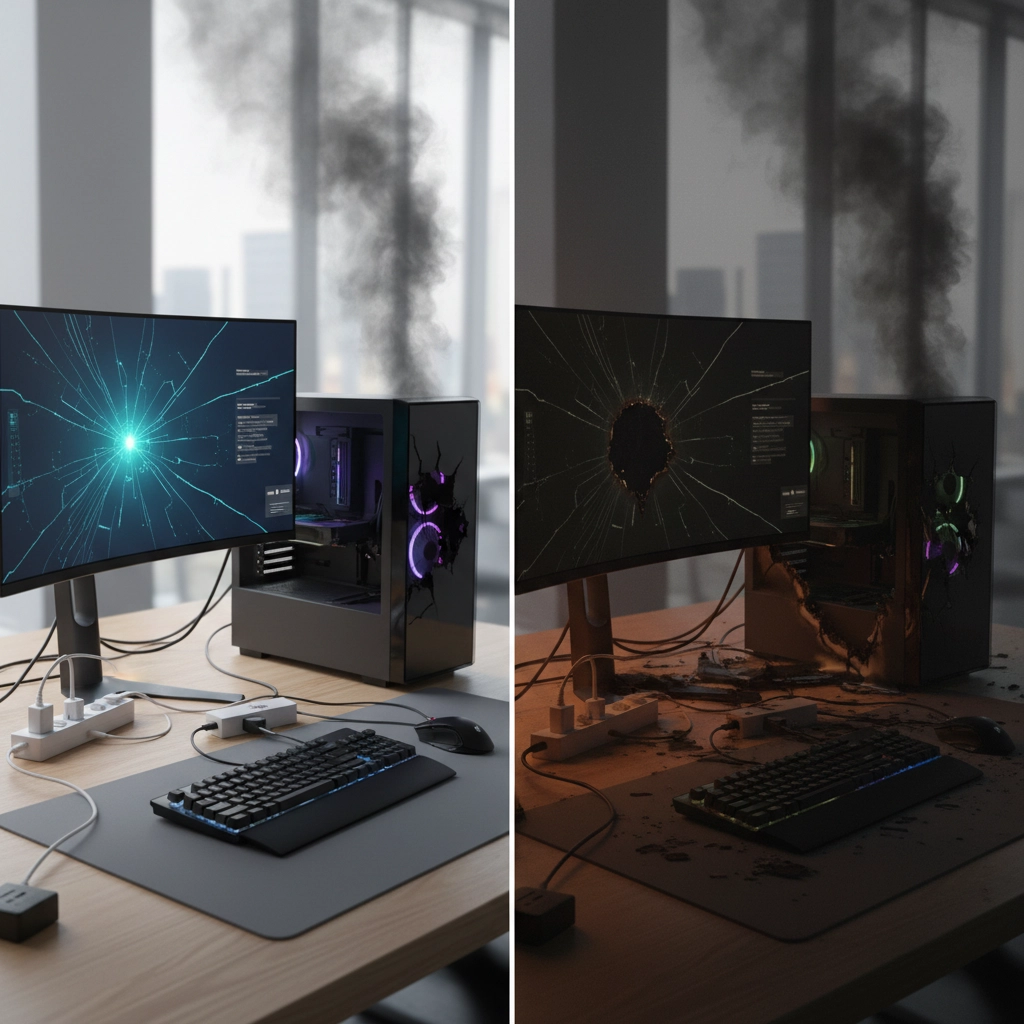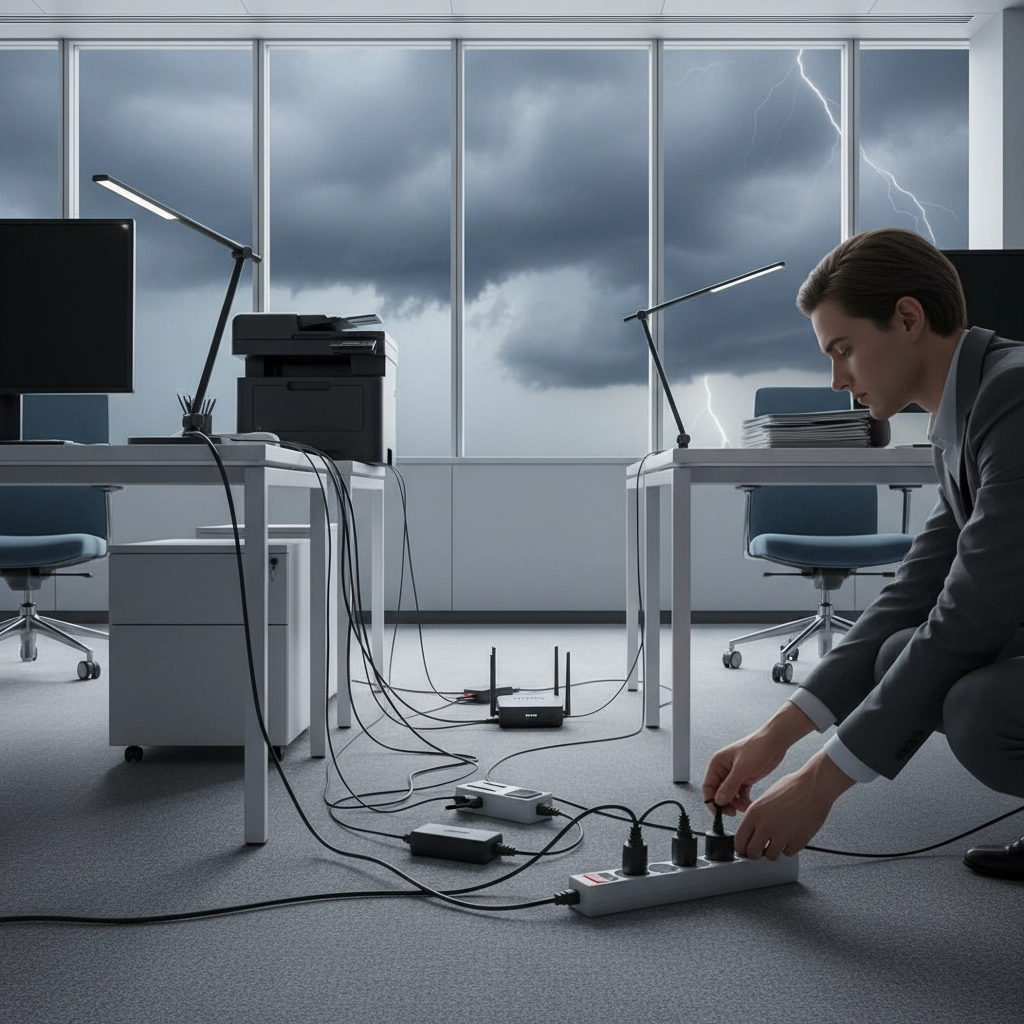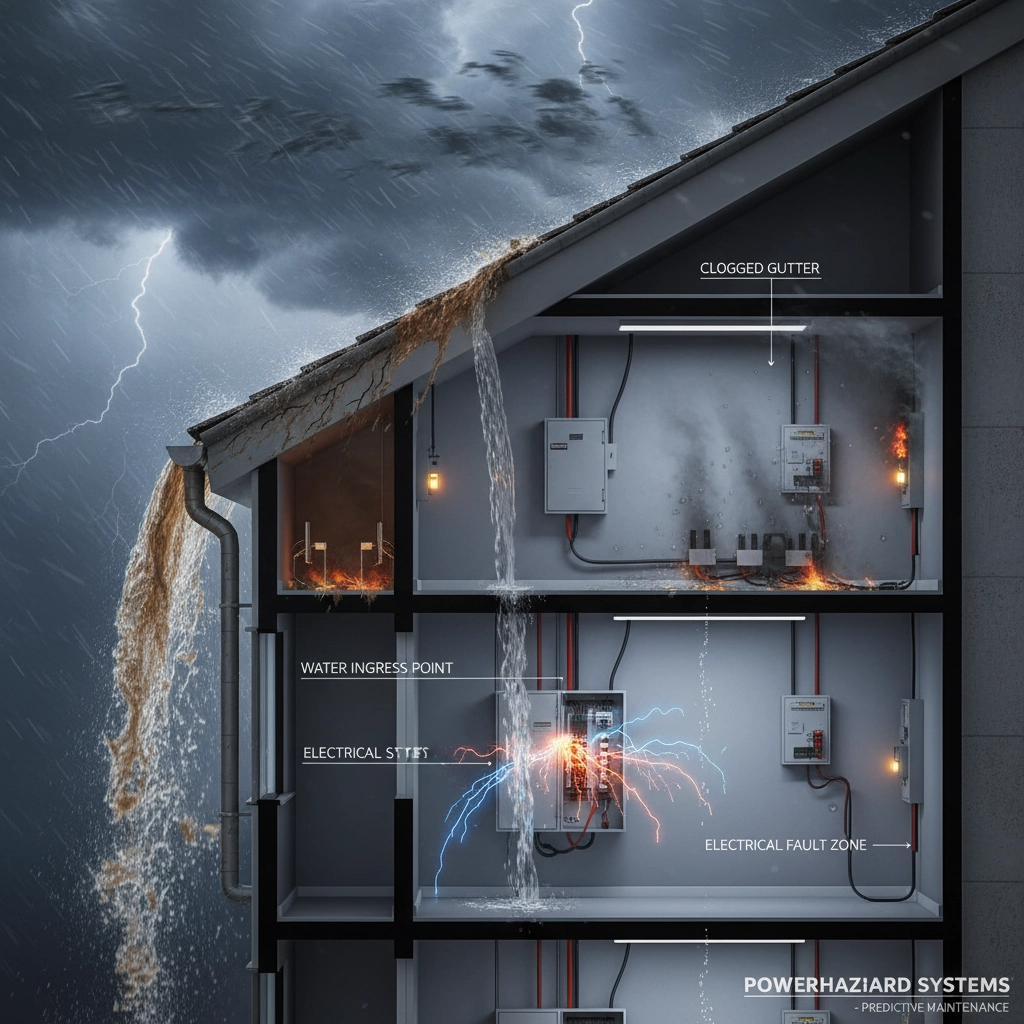
Storm Season Prep: 10 Power Protection Mistakes That Could Cost You Everything
Share
Storm season is here, and if you're like most business owners and homeowners, you're probably thinking about boarding up windows and stocking up on water. But what about your electrical systems? Every year, I see customers who thought they were prepared get hit with thousands of dollars in damage because they made simple power protection mistakes.
After 20+ years in the power protection business, I've seen it all. The good news? Most of these costly mistakes are completely preventable. Let's dive into the 10 biggest power protection errors that could wipe out your equipment: and your budget.
Mistake #1: Thinking Your Basic Power Strips Are Enough
Here's the harsh truth: those $15 surge protector power strips from the big box store aren't going to save you when a real storm hits. Lightning strikes create massive voltage spikes that can easily overwhelm basic surge protectors, leaving your expensive electronics completely defenseless.
The problem gets worse when people daisy-chain multiple power strips together, creating a fire hazard that's just waiting for the right surge to ignite. I've walked into businesses after storms where entire server rooms were fried because they relied on consumer-grade surge protection.
The Fix: Invest in commercial-grade surge protection from brands like APC by Schneider Electric or CyberPower. These units can handle much higher joule ratings and offer better clamping voltages.

Mistake #2: Skipping Whole-House Surge Protection
Even if you have good individual surge protectors, you're still vulnerable without whole-house protection. Most surge damage actually comes through your electrical panel, not individual outlets. A whole-house surge protector installed at your main panel creates the first line of defense against incoming power surges.
This is especially critical for businesses with sensitive equipment. One lightning strike on a nearby transformer can send thousands of volts through your electrical system faster than individual surge protectors can react.
Mistake #3: Running Generators Incorrectly
This one literally kills people every year. Never, ever run a portable generator inside your building, garage, or any enclosed space. Carbon monoxide poisoning from generators causes more storm-related deaths than you might think.
But here's another dangerous mistake: plugging generators directly into wall outlets without a transfer switch. This creates "backfeeding" that can electrocute utility workers and damage your electrical system. Always use heavy-duty extension cords designed for generators, or better yet, have a proper transfer switch installed.
Mistake #4: Leaving Everything Plugged In
When you know a storm is coming, unplug everything you can. Computers, printers, monitors, coffee makers: everything. Even with surge protectors, the safest electrical device during a storm is one that's completely disconnected.
I know it's a pain, especially in a business environment, but I've seen too many customers lose tens of thousands in equipment because they didn't want to spend five minutes unplugging devices.

Mistake #5: Ignoring Your UPS Battery Maintenance
Your uninterruptible power supply (UPS) is only as good as its batteries. Most UPS batteries need replacement every 3-5 years, but many people forget about them until it's too late. When the storm hits and your power goes out, dead UPS batteries mean your equipment shuts down hard instead of gracefully.
Brands like Vertiv and Minuteman offer excellent UPS systems, but they all depend on fresh batteries. Test your UPS units regularly and replace batteries before storm season hits.
Mistake #6: Poor Generator Placement and Protection
If you're lucky enough to have a generator, don't make it useless by placing it wrong. Generators need to stay completely dry during operation, but they also need proper ventilation and distance from your building.
Build a simple shelter or canopy to protect your generator from rain and flooding, but never enclose it completely. Position it at least 10 feet away from doors, windows, and air intakes to prevent carbon monoxide from entering your building.
Mistake #7: Forgetting About Water Damage to Electrical Systems
Storms bring water, and water and electricity don't mix. Clean your gutters and drains before storm season: clogged drainage can cause water to back up into light fixtures and electrical boxes, triggering safety shutoffs and creating dangerous conditions.
Move any electrical equipment off basement and ground floors if flooding is possible. Extension cords, power strips, and electronics sitting in even an inch of water become major safety hazards and expensive losses.

Mistake #8: Not Having Extended Battery Backup
Standard UPS units typically provide 5-15 minutes of backup power: enough for a quick shutdown but not much else. During extended outages, this isn't nearly enough. Extended battery packs can keep critical systems running for hours instead of minutes.
This is especially important for security systems, network equipment, and any devices that need to stay operational during outages. The extra investment in extended battery backup pays for itself the first time you avoid data loss or system corruption.
Mistake #9: Keeping Everything On During Power Restoration
When the power comes back on, that initial surge can be just as damaging as the lightning that caused the outage. If you left everything switched on during the outage, you're asking for trouble when the grid restarts.
Turn off or unplug major appliances and electronics during outages. When power returns, turn things back on gradually instead of all at once. This prevents dangerous inrush currents that can damage equipment and overload circuits.
Mistake #10: Not Planning for Cooling System Failures
Here's one most people don't think about: when the power goes out, your cooling systems stop working too. Server rooms, network closets, and equipment rooms can overheat quickly without proper ventilation and cooling.
If you have critical IT equipment, make sure your backup power plan includes cooling systems. Battery-powered or generator-fed cooling units can prevent thousands in heat-related equipment damage during extended outages.
Don't Wait Until It's Too Late
Every storm season, I get calls from customers who learned these lessons the hard way. Don't be one of them. The cost of proper power protection is always less than the cost of replacing destroyed equipment.
Ready to protect your investment? Contact our team at Ace Real Time Solutions. We'll help you assess your current power protection setup and recommend solutions that actually work when storms hit. Because when the power goes out, you'll be glad you prepared properly.
Your equipment is too valuable to leave unprotected. Make these fixes now, before the next storm makes the decision for you.
